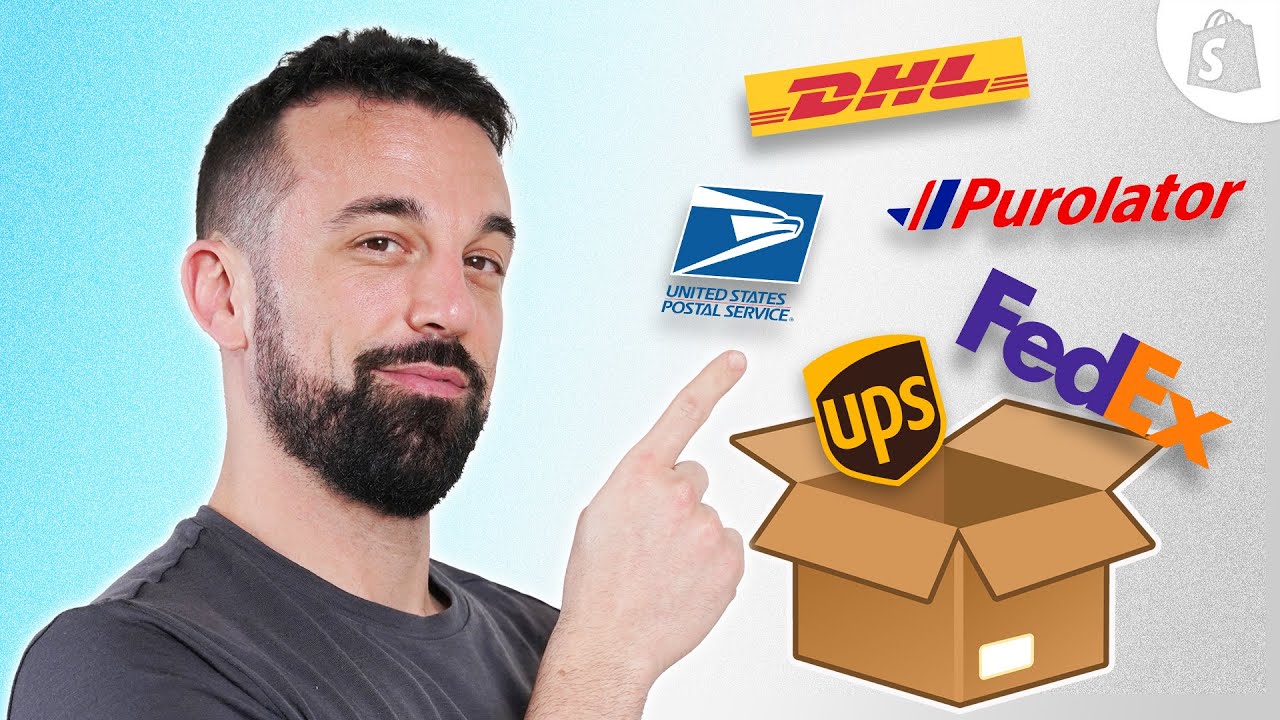The Business Of Amazon Shipping Boxes
Summary
TLDRThe rise of e-commerce, particularly Amazon's shipping dominance, has significantly boosted the cardboard box industry, despite challenges from plastic packaging. Amazon's innovative packaging strategies, including Frustration-Free Packaging and computational engineering, aim to reduce environmental impact and shipping costs. As online sales surge, the cardboard box market faces both growth opportunities and the need to adapt to sustainable practices and consumer preferences.
Takeaways
- 📦 The growth of e-commerce, especially Amazon's expansion of one-day delivery, has significantly increased the use of delivery boxes in the U.S.
- 🛍️ Corrugated boxes, accounting for 95% of U.S. shipments, are favored for their durability, recyclability, and low risk of damage during transit.
- 💰 Amazon's shipping costs surged to $27 billion in 2018, more than double the amount spent in 2015, highlighting the financial impact of e-commerce on packaging industries.
- 🌳 The e-commerce boom has been a boon for the paper and packaging industry, offsetting declines in demand for traditional paper products like newsprint.
- 📉 Despite Amazon's influence, the cardboard box market faced challenges from the early 2000s due to economic downturns and digitalization.
- 🔄 Amazon's push for sustainability includes efforts to reduce packaging waste and promote the use of recyclable materials, impacting the containerboard industry.
- 🛒 The rise of plastic packaging poses a challenge to traditional cardboard boxes, with Amazon experimenting with lighter and cheaper alternatives.
- 📈 U.S. e-commerce sales have been a significant market driver for the containerboard industry, with Amazon capturing a large portion of these sales.
- 🏢 Major box manufacturers like International Paper and WestRock have seen their stocks underperform despite the e-commerce boost, indicating a complex market landscape.
- 📊 Amazon's initiatives to reduce box size and optimize packaging have led to a decrease in corrugate waste, reflecting a shift towards more efficient packaging solutions.
- 🌐 The future of cardboard boxes in e-commerce may be uncertain, with the rise of plastic mailers and changing consumer preferences, but demand remains high for now.
Q & A
What has been the impact of e-commerce growth on the use of delivery boxes in the U.S.?
-The growth in the retail e-commerce market, driven by faster delivery, easier return policies, and free shipping, has led to a significant increase in the use of delivery boxes, with Amazon alone shipping over 5 billion packages through Prime in 2017.
Why are corrugated boxes considered ideal for shipping products?
-Corrugated boxes are durable, sturdy, and offer less risk of damage in the supply chain, making them an excellent medium for transporting goods.
What percentage of products in the U.S. are shipped using corrugated boxes?
-Approximately 95 percent of all products in the U.S. are shipped using corrugated boxes.
How much did shipping cost Amazon in 2018, and how does it compare to their spending in 2015?
-Shipping cost Amazon $27 billion in 2018, which is more than double the amount spent in 2015.
What effect has the rise of e-commerce had on the paper and packaging industry?
-The rise of e-commerce has been a positive development for the paper and packaging industry, providing a ray of growth amidst declines in other segments such as copy paper and newsprint production.
What is the significance of Amazon's shift to plastic packaging for the cardboard box market?
-The shift to lighter and cheaper plastic packaging poses a new challenge for the cardboard box market, which has traditionally thrived in the age of e-commerce.
How has Amazon addressed the issue of excessive packaging and large boxes for small products?
-Amazon introduced the Frustration Free Packaging program in 2008 to reduce extra packaging and incentivize vendors to modify their packaging for easy recycling and opening.
What incentives and penalties did Amazon implement regarding packaging?
-Amazon offered vendors a $1 per shipment incentive to modify their packaging and, starting August 1st, 2019, implemented a $1.99 penalty for products shipped that need to be reboxed.
How has Amazon's approach to packaging impacted the corrugated industry?
-Amazon's changes have led the corrugated industry to rethink its business practices, focusing on improving efficiencies through right-sized packaging.
What are the environmental considerations of using plastic mailers compared to corrugated boxes?
-While plastic mailers use less energy and produce less CO2 during manufacturing, they are often not accepted in municipal recycling programs and can cause issues in recycling machinery, leading to mixed views on their environmental impact.
How is Amazon working to optimize the cardboard box for e-commerce shipping?
-Amazon is using computational engineering to test stress, strains, and vibration effects on packages, optimizing the weight of the corrugate box and reducing its size to better fit products and reduce waste.
What is the projected growth rate for e-commerce packaging, including cardboard and plastic options, from 2017 to 2022?
-The e-commerce packaging market, which includes both corrugated and flexible packaging, is expected to grow at about 14 percent annually, reaching nearly $55 billion by 2022.
Outlines

This section is available to paid users only. Please upgrade to access this part.
Upgrade NowMindmap

This section is available to paid users only. Please upgrade to access this part.
Upgrade NowKeywords

This section is available to paid users only. Please upgrade to access this part.
Upgrade NowHighlights

This section is available to paid users only. Please upgrade to access this part.
Upgrade NowTranscripts

This section is available to paid users only. Please upgrade to access this part.
Upgrade NowBrowse More Related Video

The Earth Prize 2025 North America Winner: StuyBigCompGroup!

Conheça o centro da distribuição inteligente da Amazon por dentro

How Amazon's Super-Complex Shipping System Works

Mamata Machinery IPO | Apply or avoid? | Upcoming IPO | Mamta Ipo | Latest GMP

Ecommerce Shipping and Fulfillment: A Complete Guide

Cara TikTok Shop Habisi Bisnis Ecommerce
5.0 / 5 (0 votes)